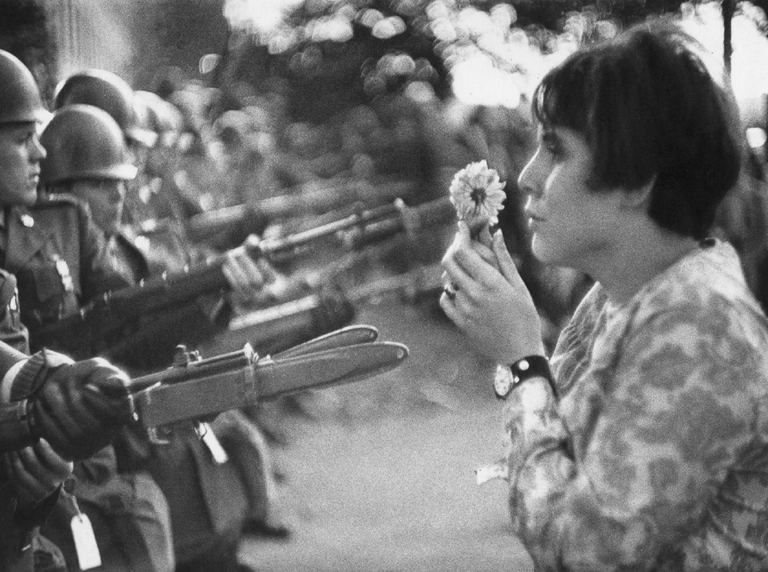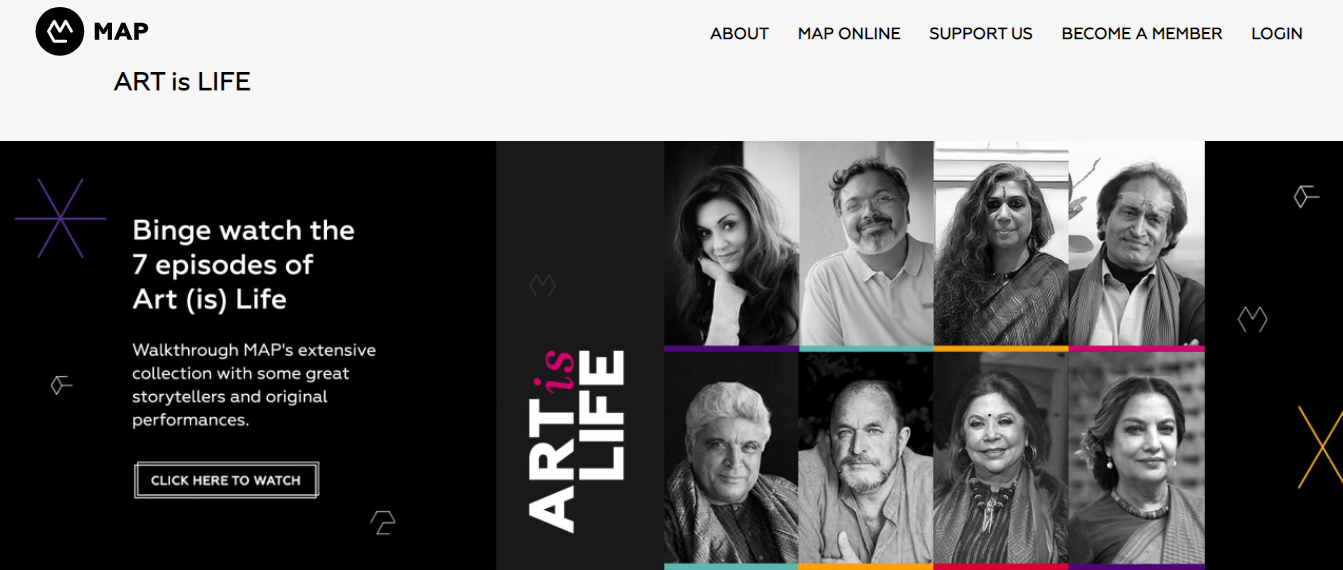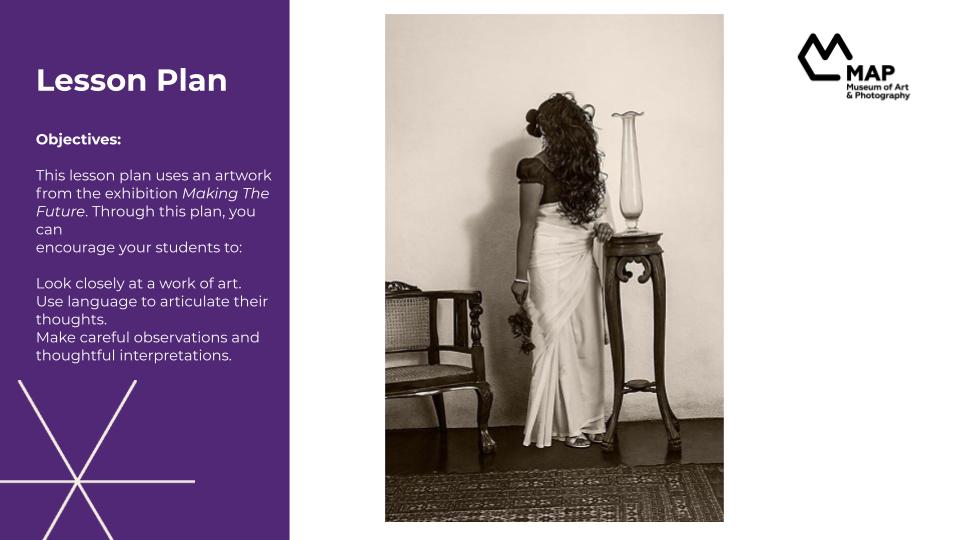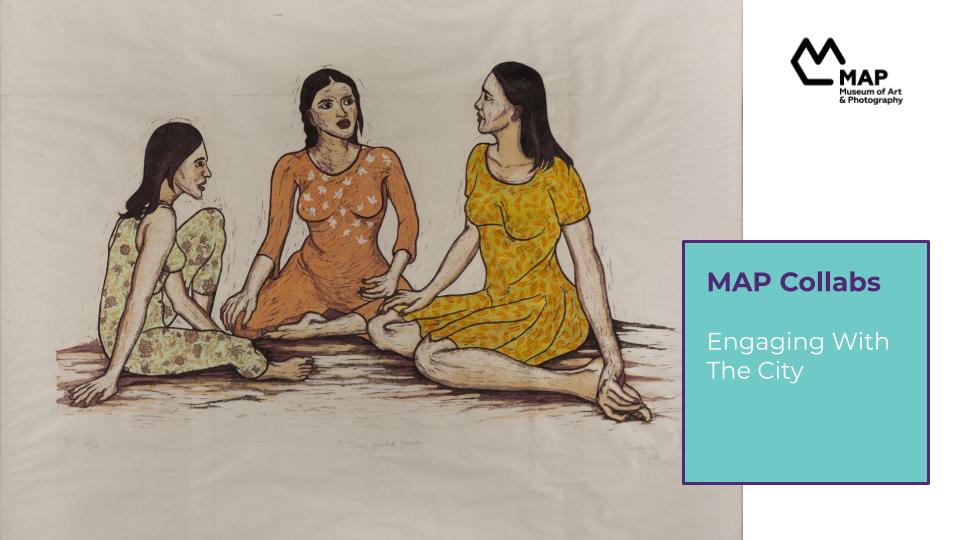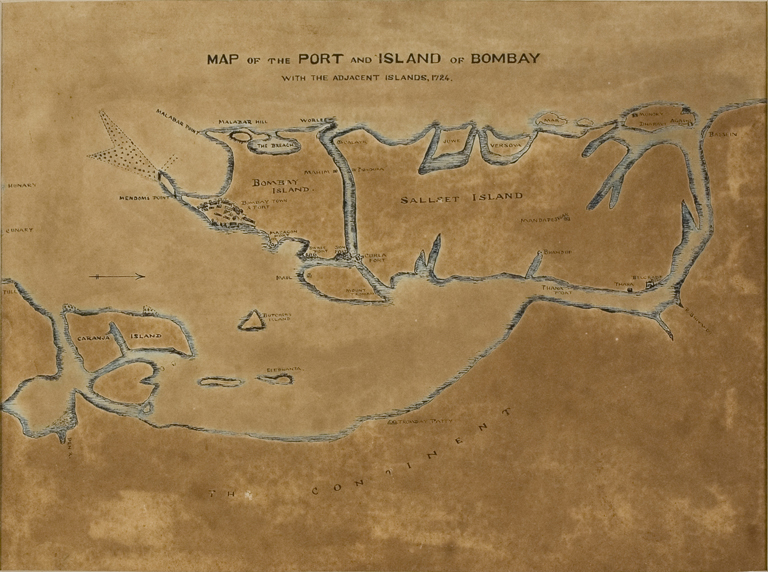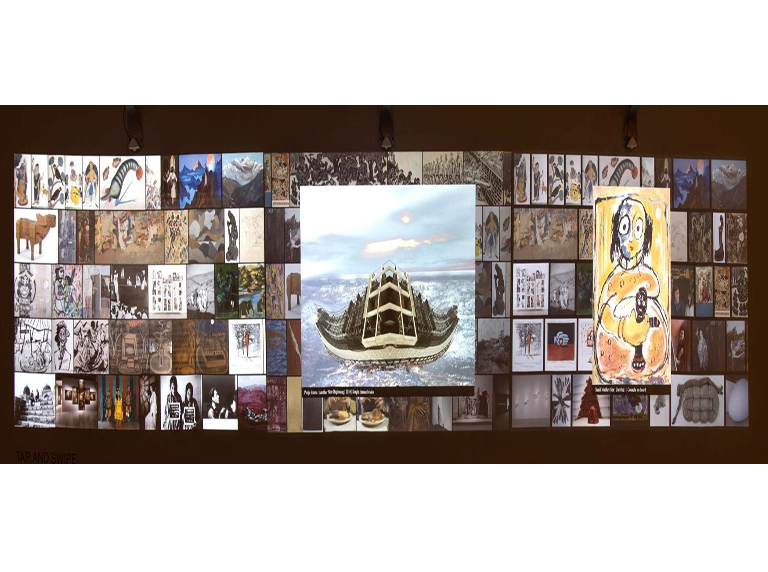A Proposal For Visitor Engagement Programmes
Shubhasree Purkayastha
About MAP Bangalore
The Museum of Art and Photography(MAP) is a new museum project in Bangalore, due to open to the public in the latter half of 2021. It is custodian to a growing collection of over 18,000 artworks, predominantly from the Indian subcontinent and dating from the 10th century to the present. The collection is organised in six key departments: Modern & Contemporary Art, Photography, Folk & Tribal Art, Popular Culture, Pre-Modern Art and Textiles, Craft & Design. MAP’s mission is to take art and culture to the heart of the community and make it accessible to diverse audiences.
In December 2020, MAP launched a digital museum with a week-long online festival called Art Is Life. The digital museum lets one experience the collection through exhibitions, blogs, resource packs and more.
About the Proposal
This visitor engagement proposal is based around a mock exhibition on the theme of Art and Civic Engagement. The sections below detail out a brief concept note for the exhibition, followed by programmes that may be offered around it. For the purposes of this assignment, the programmes focus on a specific audience group – elementary school educators and young learners in the age group of 10-14 years.
The programmes are divided into the following types:
1 – Externally facilitated programmes
2- Self-exploratory programmes
As MAP offers a membership programme to its patrons, certain experiences in this proposal are offered as exclusive members-only, where-in the member school can enjoy the benefits for both it’s educators as well as learners.
All images used in this proposal are from the collection of MAP Bangalore, unless otherwise credited.

Making The Future: Exhibition Concept Note
For the purposes of the assignment, a brief concept note about a mock exhibition titled Making the Future is presented and illustrated with select artworks from the MAP collection.
Art has always drawn people together. Humans have made useful aesthetic objects since the beginning of civilisation. Our earliest ancestors evoked the animals they hunted in sophisticated paintings in cave locations where the whole community gathered. Scientists are now probing how the arts may have offered evolutionary advantages to early humans and how the arts help us find meaning in the world by developing capacities to see and create, solve problems, as well as invent and understand symbols and metaphors.
The exhibition Making the Future focuses on one aspect of the social impact of the arts: their influence on civic engagement. It’s purpose is to demonstrate, through examples from the MAP collection, how the arts and culture have the ability to instruct or persuade people. It is common knowledge that social movements are the best contemporary examples of this approach, but individual works of art also hold the ability within them evoke collective reaction and community action.
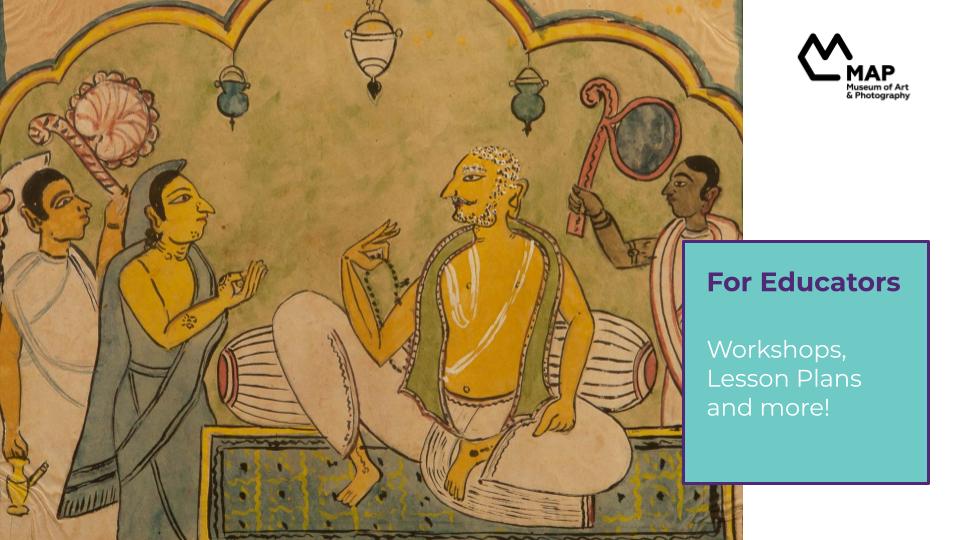
Workshop: Capacity Building For Elementary School Educators
Facilitated by the MAP Education Team
Member schools only
Objectives:
To help educators encourage their learners explore the complexity of civic themes through looking at art.
To introduce ways in which educators can adapt a big theme (such as this) to their individual subjects.
To broadly introduce the MAP collection by providing information about the selected artworks.
This session introduces you to the ways in which the ongoing exhibition can be used in your classrooms as a resource. Facilitated by the Education team of the museum, it includes creative output exercises, group games and guided conversations to help you, as educators, develop tools and routines of including the arts in core subject curriculums.
Attached below is a mock step-by-step breakdown of what a session like this might entail. This is only an illustration of the kind of session envisioned and is not a complete session. Click on the image below to open the complete document in a new tab.
Lesson Plans: How to use this exhibition in your classrooms
Self-Exploratory Resource
Open-to-all
Downloadable lesson plans themed around the exhibition are open for access upon request. The plans are divided by age-group and include ways in which the artworks from this exhibition can be used in your classrooms to help springboard into respective subject discussions.
Attached below is a mock step-by-step breakdown of what a plan like this might entail. To access the complete plan, go here.
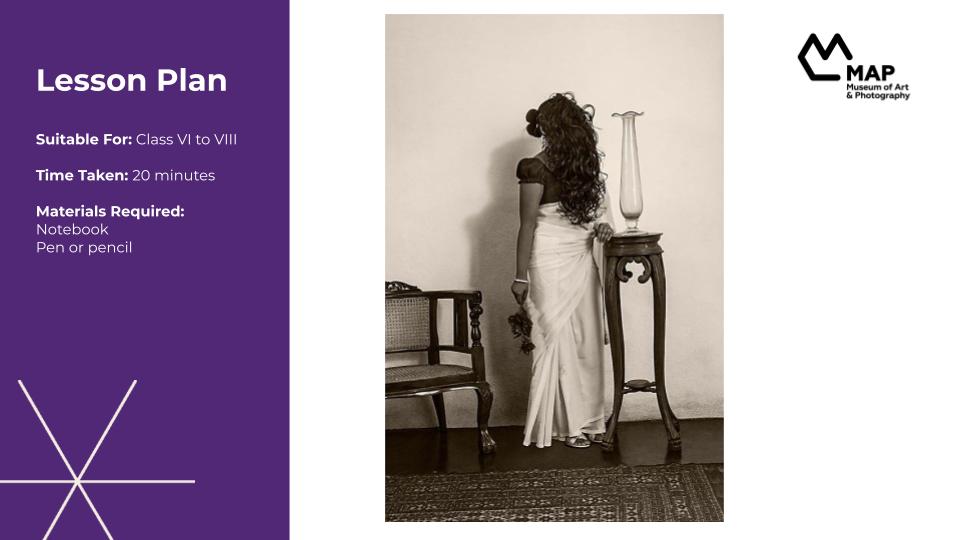
MAP Education Channel: Thinking Routines and Tools
Self-Exploratory Resource
Open-to-all
A segment on MAP’s Youtube Channel is dedicated to educators and runs a series on short ‘do-along’ videos. Pre-recorded videos by the Education team help you navigate the artworks through slow, step-by-step demonstrations and tutorials. You can watch them online on our channel at your own pace and order, and use them to design your own sessions including any other stimulus (an artwork from another museum, a text under discussion in class, etc.).
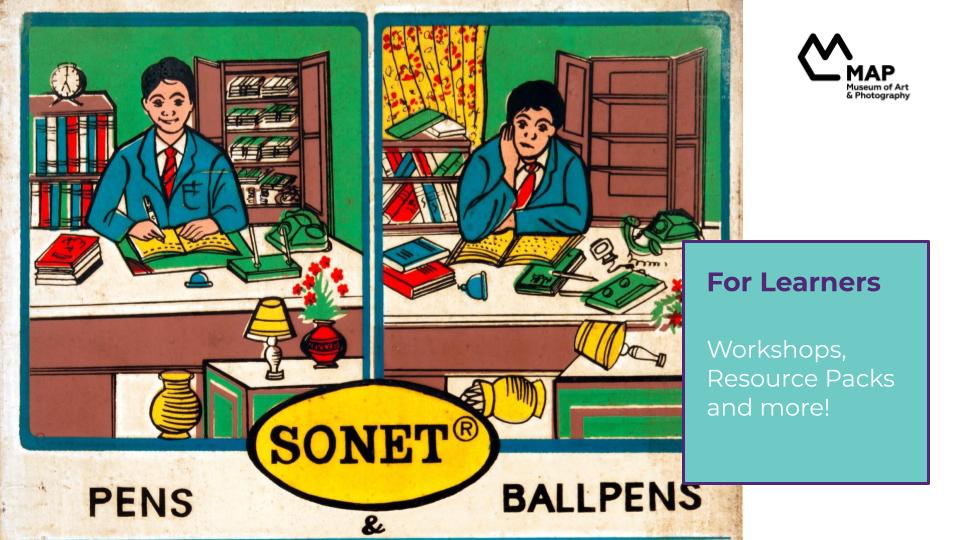
Workshop: Explore Making The Future with Team MAP
Facilitated by the MAP Education Team
Member schools only
A workshop that includes a walkthrough of the exhibition, followed by a creative output exercise. The exercise helps learners think critically about a topic (in this case, a civic-related topic) through making. The activity encourages them to experiment and create something out of unexpected resources, while letting the process of making itself help them give shape to their initial ideas. Attached below is a mock for what a session like this might entail. This is only an illustration of the kind of session envisioned and is not a complete session.
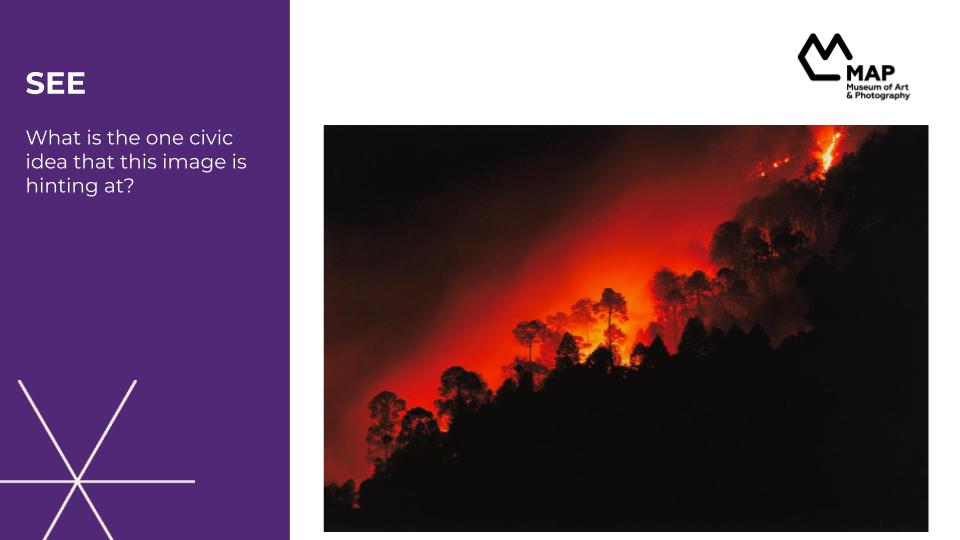
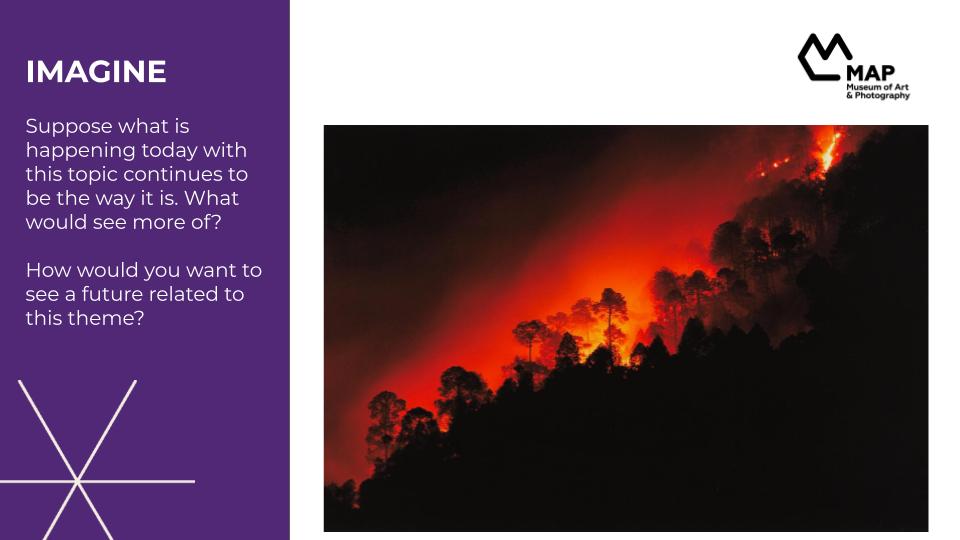
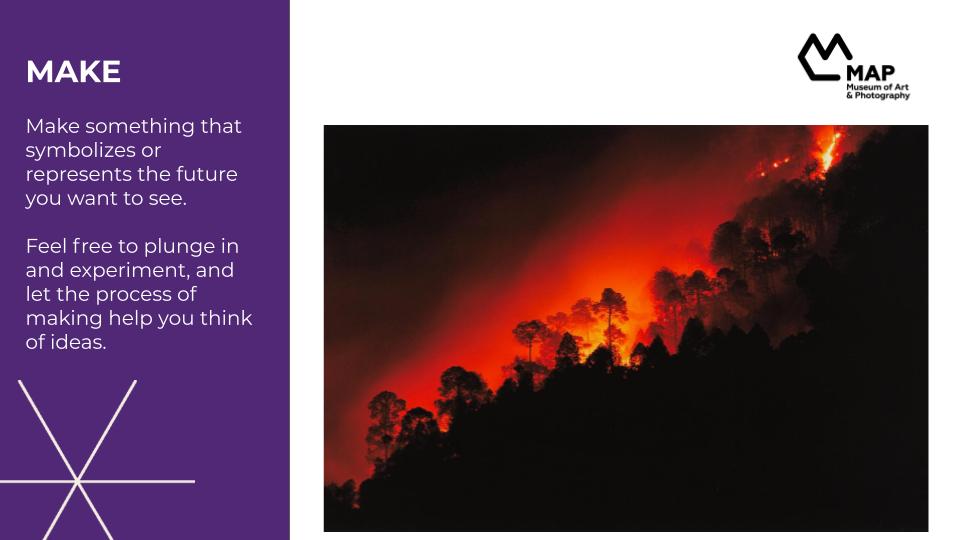
MAP Education Channel: Thinking Routines and ‘Art Games’
Self-Exploratory Resource
Open-to-all
A segment on MAP’s Youtube Channel is dedicated to young learners and runs a series on short ‘do-along’ videos. As part of the programming around the ongoing exhibition, these videos are themed around the idea of how an exploration of the arts can also help us understand the ourselves and the world that we live in, while providing us with our unique creative voice.
Pre-recorded videos by the Education team help you navigate the artworks through slow, step-by-step demonstrations and tutorials. You can watch them online on our channel at your own pace and use them as art games with your family members and friends!
Downloadable Resource Pack: Making The Future
Self-Exploratory Resource
Open-to-all
A downloadable resource pack for learners built around the theme of the exhibition. The pack includes a presentation, activity worksheets, colouring sheets and more. The pack also makes for a great family bonding activity where you can spend a weekend exploring the artworks and games with your friends and family.
Additionally, various forms of collaborations with institutions in the city are envisioned for the same stakeholders (educators and learners) as the core of the exhibition itself is to deal with how the arts might facilitate and grow civic engagement. The idea is basically that instead of the audience coming to the museum, the museum goes to them – whether virtually or physically.
Collaborations: MAP at Schools
This is a month-long collaboration between MAP and select schools of the city. MAP provides fellowships to young emerging artists, who then conceptualise and facilitate a programme with school students for the duration of a month. This fellowship will use artworks on view in the exhibition and the programme conceptualised by the fellow will be centered around the theme of civic engagement. The programme concludes with a final creative output excercise, depending on the discretion of the artist-fellow.
Collaborations: MAP in your neighbourhood
This is a month-long collaboration between MAP and the community in which the museum is situated. Through a prior selection process of interviews, specific target groups from within the larger stakeholder groups are identified. For instance, such target groups could be (a) school students, (b) home-schoolers, (c) school teachers and (d) curriculum designers, among others. Under each group, a select list of volunteers that live or work in the physical space around the museum is created.
Smaller teams of MAP Education representatives then work with each target group to explore the theme and artworks of the exhibition, draw inspiration from it and engage in a creative output exercise that takes a public-facing form – whether it is creating a mural on a chosen theme, creating a video work that includes the voices of the community members or staging a street play. The topic, medium and design of the final creative output is mutually decided upon by MAP teams and the particular target group that each team is working with.
Thank you and Acknowledgements
Thank you team AIIS and Dr. Madhubanti Ghosh for your guidance and help during the making of this proposal. I am also thankful to my colleagues at the Collection Department of MAP Bangalore for helping me access the digital archive for this proposal.
The routines incorporated in this proposal are developed under Project Zero of the University of Harvard, and have helped me tremendously in formulating this assignment better.
